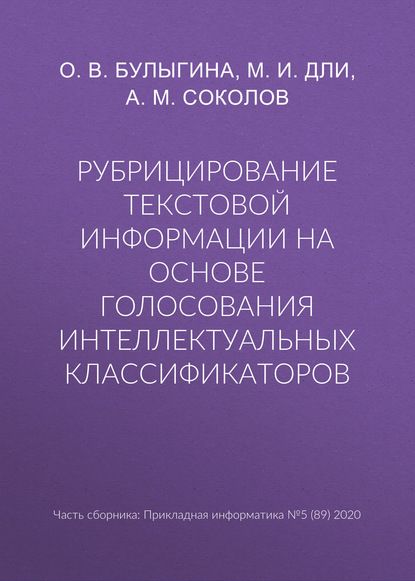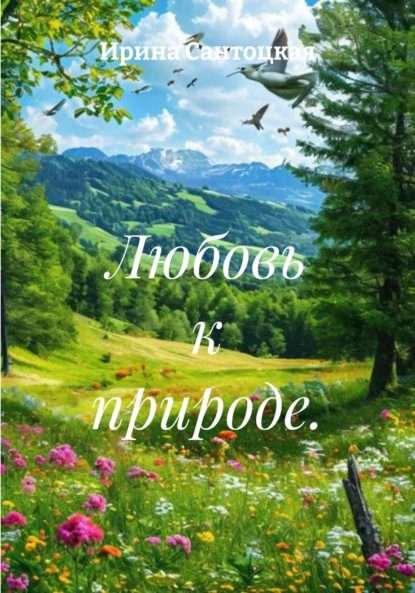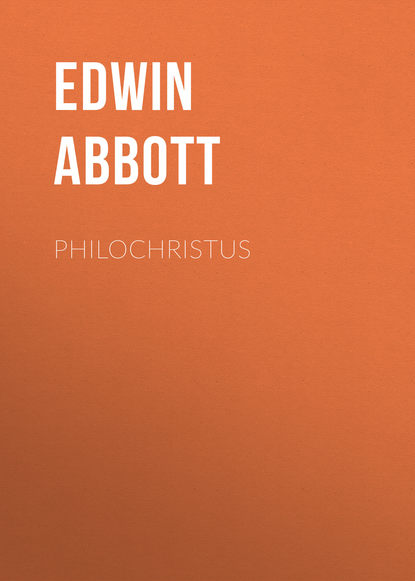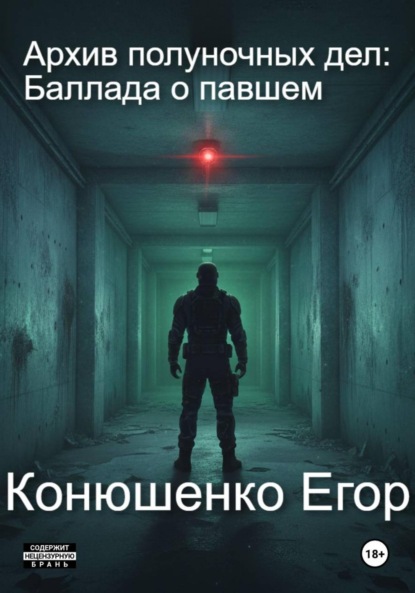A Long Autumn, a Short Winter: A Journey Through Slovakia
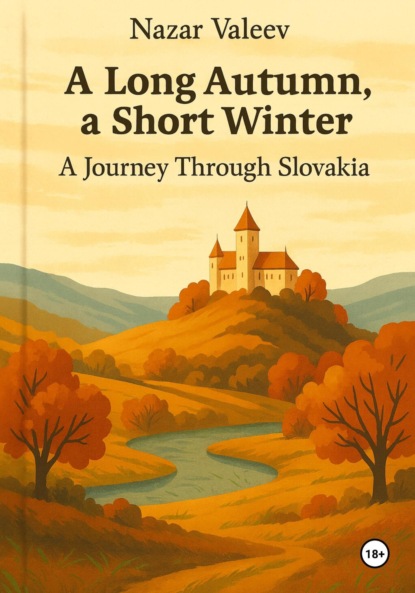
- -
- 100%
- +
And so, the set was received, the fate accepted, and the sail raised.
Thus, in a calm and reflective way, most of that sweltering, eventful day slipped by. All we had energy for was to head back to the apartments rest a bit, grab a quick, simple meal, and take a stroll down Štefánikova Street – one of the loveliest pedestrian streets in the very heart of the city. Along it stand buildings from different eras, fountains, sculptures, and benches with elegant designs.
At the far end of the street, near the Nitra Museum, a bronze sword is planted right into the pavement like a fragment of some ancient battle or a monument to the forgotten routine of knights. It stands there quietly and unassumingly, most passersby paying it no attention… until a service truck accidentally clips it. The sword bends a little, yet like a true veteran, it stays at its post – bent but unbroken. And, as the regulars at the nearby pub say, the local papers cover every such incident with epic flourish – after all, it’s not every day that cultural heritage comes into contact with a delivery van.
A gentle breeze whispered through the treetops, touched by the warm yellow glow of the streetlights. The city drew us into its evening embrace, asking for nothing in return – save perhaps a touch of respect for its calm. The sculpted benches promised comfort with a hint of elegance, as if to say: Rest, travelers, you’ve earned it today.
We settled onto one of those benches, watching the streetlights fall across the cobblestones, glimmering in the puddles from the sprinklers like small lakes of calm. Not far away, someone strummed a guitar – a simple, unhurried tune, as if keeping time with the city’s own breath. That evening Nitra revealed itself as a gentle, welcoming place, where it was easy to feel you belonged – and to know you didn’t really want to leave.
It felt right to end the chapter of this eventful day not with pathos but with food – for the cool relief that had finally settled over the city stirred up a sudden hunger in us. The only spot still open on our way was Best Mega Kebab Nitra, where the aroma of kebabs, shawarma, and salads was so tempting that any past culinary disappointments quickly faded into the background.
Some of us hadn’t touched shawarma since graduate school, and that long-ago experience had been so questionable that even the memory of it sent a faint twinge through the liver – quickly spreading as if to warn against taking the risk. But the smell of freshly cooked food was far more convincing than old reflexes. In the end we all gave in and each ordered a shawarma with mushrooms and meat.
It must be said, we had never tasted a better shawarma! Even those among us who considered themselves seasoned connoisseurs agreed. From that day on, Best Mega Kebab secured its place on our list of go-to spots in Nitra for a quick and tasty meal, especially on evenings when heading home late.
And since this chapter ends with food, it would be remiss not to mention the local wildlife, which unabashedly and at times even fearlessly roams nearby. Don’t be surprised if, during a walk or a drive through the city, a hare or even several suddenly dash across your path. In the parks hedgehogs rustle, squirrels scurry about their errands, and with a bit of luck you might spot a wide-eyed owl. Along the River Nitra, which winds gently through the city in soft curves, adding its own charm to the landscape, snow-white swans glide beside a variety of ducks – from ordinary mallards to bright mandarins, while on the banks glossy nutrias busy themselves, utterly indifferent to the world around them.
Trnava – the City of Wasps
A few days later we set off on a short trip from Nitra to Trnava – a city that, on the online maps, appeared to be just «next door». Our goal was simple: to satisfy a bit of collective curiosity and reassure ourselves that we’d chosen the right university for our child. After all, alongside Constantine the Philosopher University in Nitra, Trnava University had also been a contender and had shown interest in our young prodigy.
Leaving Nitra, we reached Trnava in no time – the two cities are barely more than fifty kilometers apart. The city welcomed us with its proudly displayed Gothic city wall, built in the 13th century, right beside which we found parking. The wall seemed almost surprised at our choice of spot, but having withstood sieges and kings, it accepted yet another group of tourists with unshakable calm.
We rolled gently up to the parking booth, where an elderly guard was napping peacefully. It felt almost wrong to disturb his solid pre-lunch sleep, but the rules said we had to get a parking ticket. The moment we stepped up to the window and blocked the sunlight, he snapped his eyes open and, without even bothering to hide the practiced boredom and utter lack of interest on his face, handed us a freshly printed ticket. Then, with a casual wave of his hand, he pointed out the wealth of empty spots in the nearly deserted lot.
With so many choices, confusion was almost inevitable. So when we came back to the lot a second time to park «a little farther from the entrance, so no one would bump it – just in case», and then a third – after from above it looked like the car «was sticking out too far compared to the others» – the guard, clearly unaccustomed to such frequent and irritating breaks in his nap, grew noticeably tense. This time he didn’t bother to hide his annoyance and gave the offenders of his sacred peace a piercing, almost X-ray stare. In his squinting eyes flashed something like a warning, as if to suggest that one more such stunt might have consequences – not only for our health, but for our karmic balance as well.
Choosing not to test the patience of the grumpy old guard or of the spirits of the city’s medieval defenders we made straight for the main street of the old town, luckily only a short walk away. The street proved to be wonderfully charming and, to our surprise, almost empty as if the people of Trnava were themselves fond of travel and had chosen to spend their autumn days chasing adventures in far-off, exotic places.
We followed the cobblestones, polished smooth by centuries of history and by thousands of footsteps – many of them, no doubt, from stubborn students making their way to retakes and back, until we arrived at Trnava University. Founded in 1635, it was one of the earliest and most important centers of learning in what is now Slovakia. Its walls seemed infused with wisdom and centuries of dignity, proudly recalling the days when Trnava was considered the heart of Hungarian science and culture and even carried the unofficial title of the «Slovak Rome».
The university’s campuses, set in the very heart of the old city, dazzled with their refined architecture and perfect sense of balance. Graceful Baroque facades, grand arches, and cobbled courtyards looked as if they had stepped straight into the twenty-first century from the pages of antique engravings. Carved doors, ornate window moldings, neat balconies, and wrought-iron railings all seemed to whisper: scholarship is a noble calling, and its setting must be worthy of it. In these halls, the echoes of Latin seemed still to linger, while the faint scent of wax, ink, and old books drifted beneath the vaults – a living reminder that knowledge had been amassed here for centuries.
After filling our phones with a few dozen megabytes of photos and videos, we went on to explore more of the city’s landmarks. First came the majestic Cathedral of St. John the Baptist, a seventeenth-century treasure known for its frescoes and Baroque interiors. Then we stopped by the City Tower, dating back to the fourteenth century, from whose top according to the brochure we’d just bought – the view was spectacular. But none of us dared to find out firsthand; the climb looked far too long and tiring.
Next we were drawn to the old Basilica of St. Nicholas, one of Trnava’s oldest temples, dating back to the fourteenth century. The basilica wore its age with pride, yet seemed to sigh under the constant gaze of tourists. Its massive stone walls, Gothic arches, and tall pointed windows bore the weight of centuries – it was something you could almost feel in its atmosphere. Inside there was a dim half-light, warm and soft like an old prayer, and the air carried the scent of stone, wood, and the lingering echoes of church hymns. We stood quietly, careful not to disturb the stillness of a place where time itself seemed to slow its steady pace.
All that sightseeing had stirred up a proper tourist’s appetite, so we made our way to a cozy little restaurant serving traditional local food, tucked right on the main street. The place was the very picture of hospitality: wooden shutters, bright tablecloths, and the aroma of something delicious, comforting, and filling drifting all the way to the next street where, in fact, we first caught the smell.
The menu, presented with theatrical flair, was less a list of dishes than a gastronomic poem filled with poetic names and short origin stories. We pored over it with unexpected seriousness, as if the fate of our whole journey somehow depended on what we chose.
«And what would you recommend? » we asked the waitress, a young woman with a friendly face and the look of someone who hadn’t just worked here since her teens, but had personally had a hand in making every dish on the menu.
«If it’s your first time in Trnava, you really should try bryndzové halušky. That’s our pride. And fried cheese with cranberry sauce, of course – no day feels complete without it», she answered with a light smile that carried both pride and just a hint of irony.
We looked at each other and nodded, quickly deciding to go along with the advice of someone for whom bryndzové halušky seemed to be not just lunch, but a way of life.
The service was wonderfully warm, though so slow that we inevitably got to know the local wildlife. The most prominent and energetic members of the city’s fauna were the wasps, plenty of them, clearly convinced that the visitors’ plates were their rightful territory, and the diners nothing more than unwelcome trespassers.
With a friendly smile, the waitress assured us that the wasp invasion was only a temporary, strictly seasonal nuisance. Yet the steady persistence with which diners nervously waved their arms and gestured about suggested otherwise that the wasps of Trnava seemed not to recognize the human calendar and had long since settled into a timetable of their own.
The food proved to be outstanding – more than enough to make up for both the long wait and the skirmish with the striped invaders. Rested and fed, we left the heart of the wasp kingdom behind and carried on our stroll through the old town, taking in the architecture, the quiet side streets, and the charming courtyards where life moved by its own slower rules.
At one corner we traded a few cheerful jokes with a group of elderly ladies, sitting sweetly on a long semicircular bench and chattering away about something of their own – clearly vital and of the greatest importance. Well used to tourists who could lose their way even on the straightest street, they happily pointed us toward the quickest route back to the old wall. They also couldn’t resist asking – out of pure courtesy, of course – whether we were really sure we could make it on our own, or if perhaps it would be wiser to equip us with a map, a compass, and an escort carrying a flashlight. With playful irony they nodded toward the old man across the road, who, while methodically watering the flowerbeds, looked on with patient indulgence at the familiar circle of grandmothers, handing out advice and directions just as freely to tourists as to locals.
At last, back at the car, we settled the parking fee with the same elderly guard who, judging by his distant look, had already forgotten us as the cheeky offenders of his peace. He took the money in silence, betraying neither annoyance nor reproach, as if the whole incident had been nothing more than a brief glitch in the measured flow of his drowsy universe.
We said goodbye to the ancient city wall, still silent, perhaps casting on us the gaze of centuries, condescending and faintly ironic, and started back toward Nitra, where our chosen university awaited, and with it something even more important: the quiet sense of inner agreement with our choice.
After all, cities, like universities, aren’t chosen for the thickness of their walls or the busyness of their wasp routes, but for a subtle, almost intangible sense: here it will be calm, confident, and truly good. Which meant, of course, that the choice had been the right one!
Piešťany: A Breezy Ride to Where They Cure Everything Except the Wish to Go Back Home
The drive from Nitra to Piešťany took less than an hour – just shy of sixty kilometers through scenic roads. Out the window the scenery changed like stage sets in a theater: golden fields, quiet villages, and green hills straight out of a fairy tale.
Piešťany greeted us with all the charm of a spa town: a gentle breeze off the River Váh, the chatter of birds, and the sense that even the air had been through therapy and come out at least ten percent cleaner. The town lay across a broad valley by the Sĺňava reservoir – like it had curled up in a hammock between the two riverbanks, wrapped in a blanket of green and gold.
Piešťany comes with quite a history: it was first mentioned in 1113. In other words, while much of Europe was still confusing north and south, people here already knew that sulfur water meant not just a smell but real benefits. Later the springs attracted the physicians of Austrian emperors as well as healers in tall hats from the Vatican – and, by the looks of it, their visits were well worth it.
By the seventeenth century, Piešťany had earned town status, and by the eighteenth it was becoming what it still is today – a spa resort where you can heal your back, soothe your soul, and even improve your handwriting if you keep your pen dipped long enough in sulfur mud.
We managed to snag a parking spot on the second floor of the Aupark mall – a location that felt strategically perfect, as if marked with a hidden check on the secret map of seasoned travelers. A quick ride down the escalator, a brief stroll past shop windows bearing signs for every facet of Slovak life and the town’s main pedestrian zone opened up before us.
Our first stop was the local branch of UNION insurance, where we hoped to secure an annual policy for our newly minted student. The day before, we’d tried the same thing at the company’s office in Nitra, only to run into a fiasco: the staff there were like a medieval fortress, unwilling to open their gates without a long siege. When we asked how the insurance worked, where to find doctors, and what to do in case of emergency, the reply was always the same – «Just pay for the basic package and ride off into the sunset». Our careful protests that we wanted insurance not as a formality but for real emergencies made no impression: they showed not the slightest interest in us. Once we got over the shock, we decided to try our luck somewhere else.
In Piešťany we were greeted by an employee whose attentive gaze instantly washed away the bitterness of our earlier setbacks. She listened patiently to our worries, asked practical questions, and laid out several options explaining each one in detail. With the policy came a thick stack of brochures and a list of clinics, complete with addresses and phone numbers just in case life decided to put us to the test.
Naturally, we took out the insurance with this kind, attentive lady without a moment’s hesitation. Content and reassured, we set off to wander the city, with the feeling that the day was unfolding wonderfully and that the world around us could be not only beautiful, but unexpectedly caring as well.
Piešťany isn’t just split into sections – it feels delicately laid out like dishes on a platter: on one side, a charming town full of cozy cafés, little boutiques, and neat parks; on the other, a spa island wrapped by two arms of the River Váh, offering sanatoriums, thermal pools, mud baths, a salt cave, and every other pleasure for a body tired of daily routine.
Spanning the river is a bridge that’s a landmark in its own right, and not only for its architecture. At its center stands one of Piešťany’s symbols: a statue of a healed man, triumphantly snapping his crutch in two. The gesture is bold, clear, and striking – like a billboard come to life. It makes you want to copy it – and that is the message, that is its power.
The bridge leads to Spa Island – a green haven where everything seems infused with calm, healing waters, and a faint trace of sulfur. Not a flaw, but its trademark aura. The main healing forces here are the thermal springs and the gray mud, thick as mulled wine in December. It is taken straight from the river and then «aged» for a full year in special pools, like a fine vintage. The mud ferments, gains strength, and when it finally makes its debut on the «spa stage», it becomes a true bestseller among local treatments. All around are bike paths, sprawling golf courses, tennis courts, and people in robes, strolling slowly and ceremoniously from one building to the next with the air of those who know that haste is the greatest sickness of our time.
At the heart of Spa Island stretches a picturesque park, where shady paths lead to small ponds of thermal water. There, as if in private jacuzzis, giant lotus leaves, delicate lilies, and all manner of aquatic life thrive. Through the green shimmer, brightly patterned and surprisingly large fish drift lazily, while near the reeds, on the sunlit banks, little turtles bask with quiet dignity.
Конец ознакомительного фрагмента.
Текст предоставлен ООО «Литрес».
Прочитайте эту книгу целиком, купив полную легальную версию на Литрес.
Безопасно оплатить книгу можно банковской картой Visa, MasterCard, Maestro, со счета мобильного телефона, с платежного терминала, в салоне МТС или Связной, через PayPal, WebMoney, Яндекс.Деньги, QIWI Кошелек, бонусными картами или другим удобным Вам способом.


